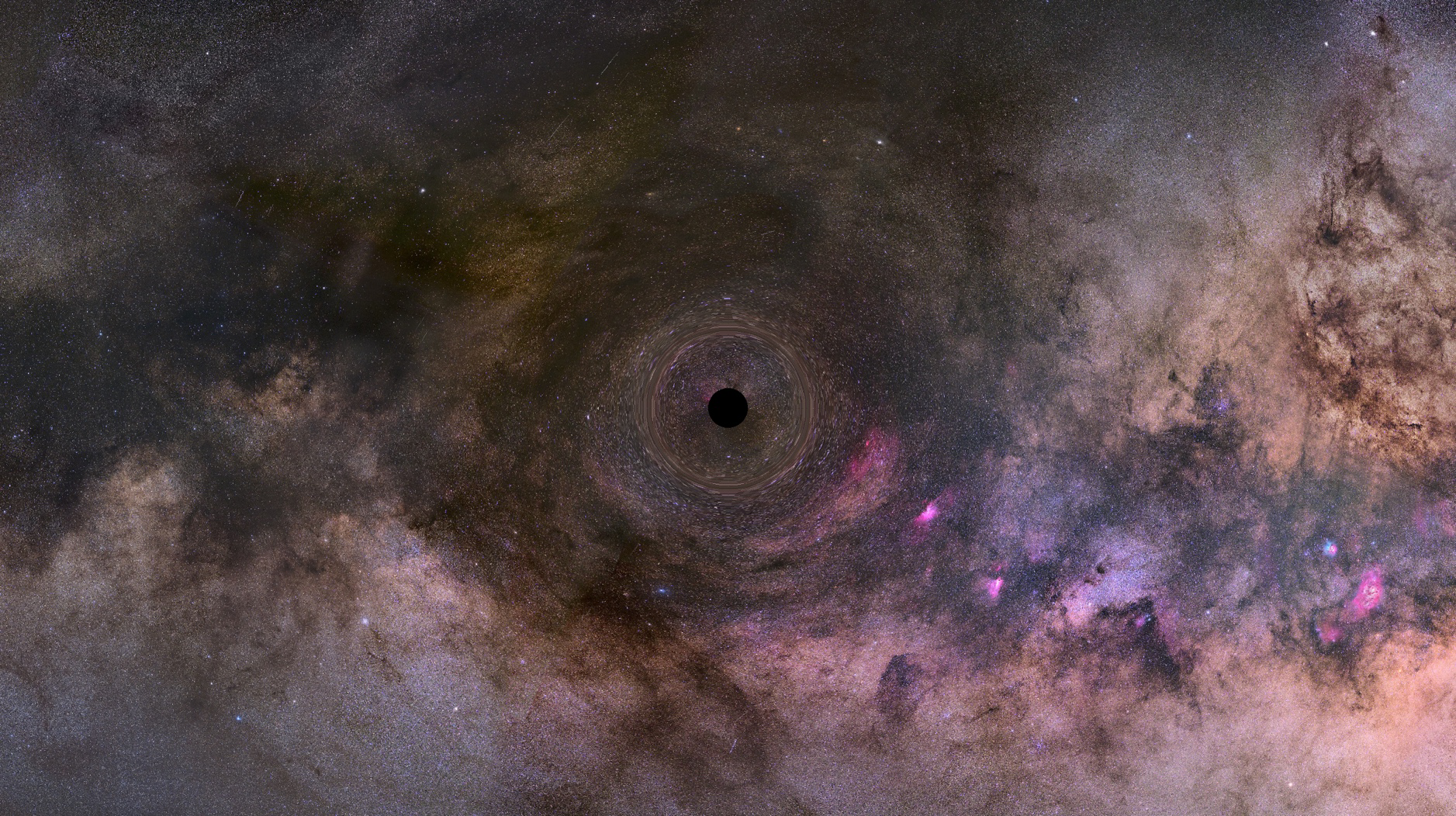Black holes or galaxies - What came first?

- Country:
- United States
Using the James Webb Space Telescope, researchers have found new insights into how galaxies formed in the early universe. The study suggests that black holes not only existed at the dawn of time, but they birthed new stars and supercharged galaxy formation, challenging the conventional theory that they formed after the first stars and galaxies emerged.
The study suggests that black holes might have dramatically accelerated star formation during the first 50 million years of the universe - a fleeting period within its 13.8 billion-year history.
The analysis by lead author Joseph Silk, a professor in the Department of Physics and Astronomy at Johns Hopkins University and at the Institute of Astrophysics, Paris, Sorbonne University, and his team suggests that black holes and galaxies coexisted and influenced each other's fate during the first 100 million years.
We're arguing that black hole outflows crushed gas clouds, turning them into stars and greatly accelerating the rate of star formation. Otherwise, it's very hard to understand where these bright galaxies came from because they're typically smaller in the early universe. Why on earth should they be making stars so rapidly?," Silk said.
The team predicts that the early universe had two phases. In the initial phase, high-speed outflows from black holes accelerated star formation, and during the second phase, the outflows slowed down.
According to Silk, a few hundred million years after the Big Bang, gas clouds collapsed because of supermassive black hole magnetic storms, leading to the birth of new stars at a rate much higher than what was observed billions of years later in normal galaxies. The star formation slowed down due to powerful outflows that transitioned into an energy conservation state, reducing the gas available to form stars in galaxies.
The researchers are optimistic that future Webb observations, with more precise counts of stars and supermassive black holes in the early universe, will validate their calculations. In addition, the upcoming observations will offer deeper insights into the early universe, helping scientists piece together more clues about the evolution of the universe.
- READ MORE ON:
- black holes
- galaxy formation
- Big Bang
- James Webb Space Telescope










